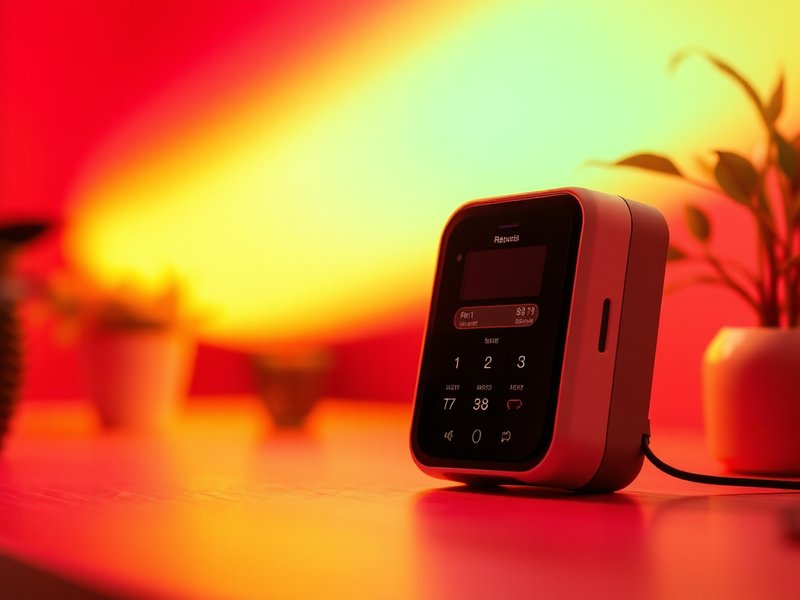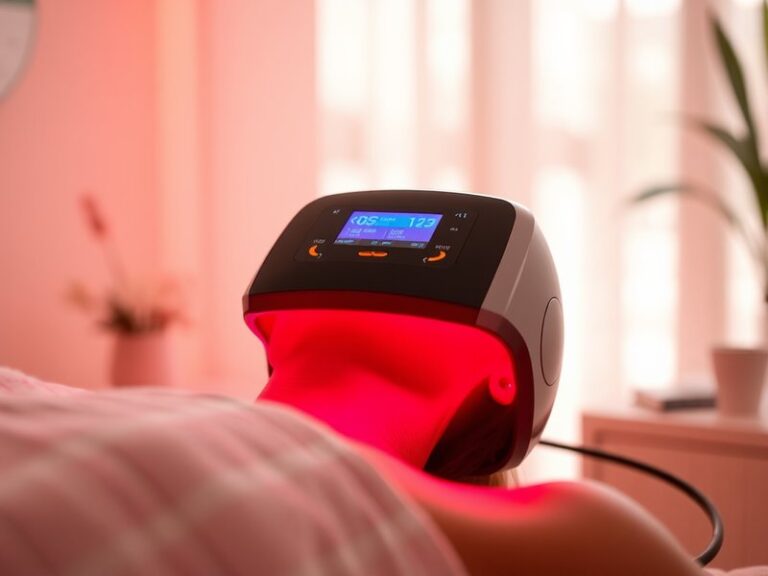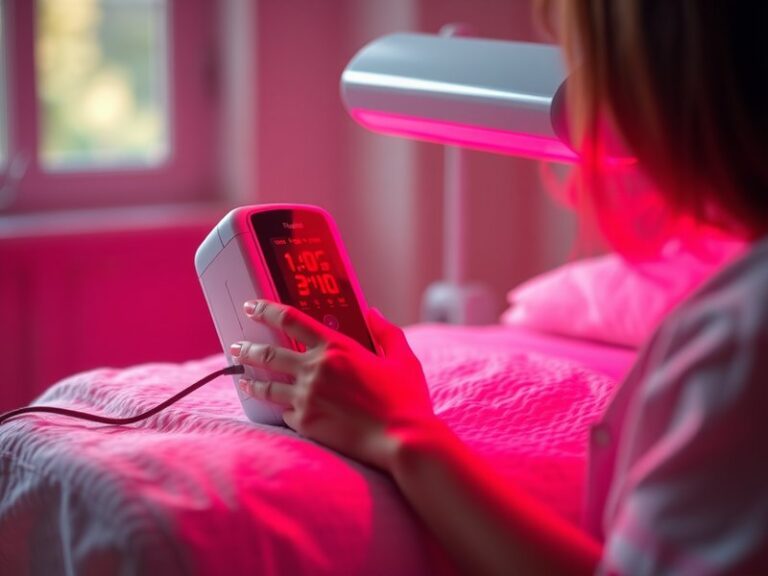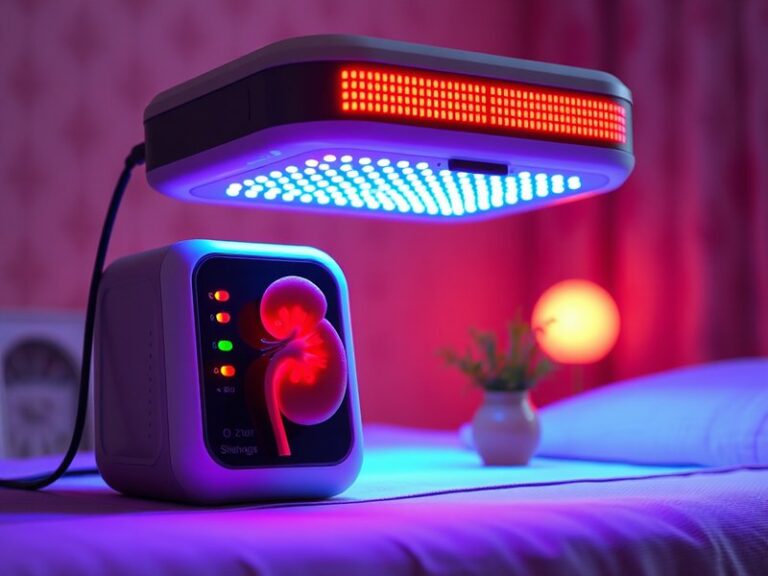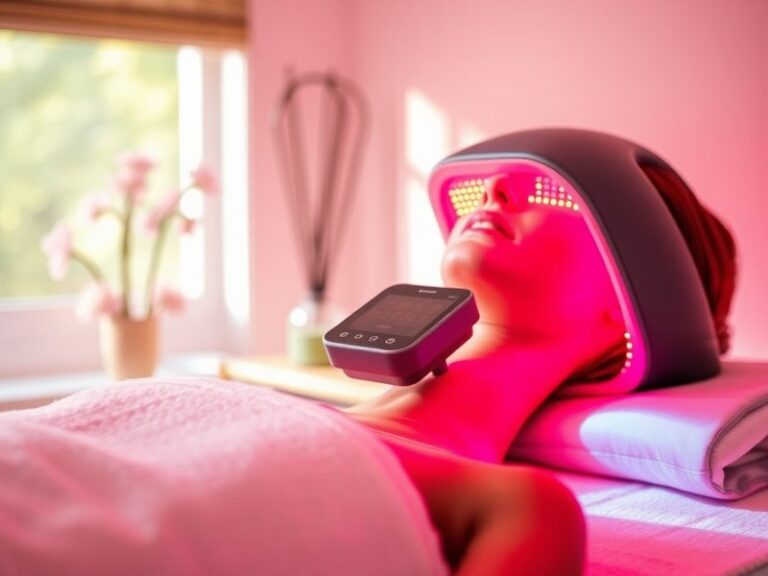Does Red Light Therapy Help Hearing Loss?
Does Red Light Therapy Help Hearing Loss?
Could red light therapy hold the key to improving hearing loss? As research unfolds, the potential benefits of this innovative therapy have captured the attention of both healthcare professionals and individuals struggling with auditory issues.
This article will explore the intersection of red light therapy and hearing loss, examining what red light therapy entails, its purported benefits, and whether it is a viable option for those experiencing hearing challenges. We’ll also delve into considerations, alternatives, and frequently asked questions to provide a well-rounded understanding of this treatment.
Key Takeaways
- Red light therapy may offer benefits for cellular health, potentially aiding in hearing loss recovery.
- Scientific studies suggest there could be mechanisms by which red light affects auditory function.
- As with any treatment, it’s essential to consider potential advantages and limitations before proceeding.
What is Red Light Therapy?
Red light therapy, also known as low-level laser therapy (LLLT), is a treatment that utilizes specific wavelengths of light to stimulate cellular function and promote healing. It works by penetrating the skin and reaching tissues, where it can enhance cellular metabolism and blood flow.
Find insights in Before Red Light Therapy, What to Do?
Historically, red light therapy has been employed in various fields, including pain management, skin rejuvenation, and inflammation reduction, but recent studies have begun to explore its effects on auditory health.
This innovative therapy harnesses the power of photobiomodulation, a process where light energy is absorbed by cells, leading to improved cellular function. Red light therapy typically uses wavelengths in the range of 600-1000 nanometers, which are believed to be particularly effective in promoting healing and reducing inflammation.
What are the Benefits of Red Light Therapy?
This section will examine the various advantages that red light therapy might provide, particularly in relation to hearing loss.
Enhanced Blood Flow
One of the primary benefits of red light therapy is its ability to stimulate blood circulation. Improved blood flow can increase the delivery of nutrients and oxygen to the inner ear, potentially promoting better hearing.
Cellular Repair and Regeneration
Red light therapy is known for its capacity to promote cellular repair and regeneration. For individuals with hearing loss, this may help in repairing damaged auditory cells or supporting the health of cochlear structures, thereby potentially improving auditory function.
Decreased Inflammation
Chronic inflammation can contribute to hearing loss and other auditory issues. Red light therapy has anti-inflammatory effects that may help mitigate this, leading to reduced irritation in the auditory pathways.
Boosted Mitochondrial Activity
By enhancing mitochondrial function, red light therapy may improve energy production within cells. This increased energy can be vital for maintaining the health and functionality of auditory cells, potentially aiding in hearing preservation.
Read all about it Vasa Red Light Therapy?
Is it Possible to Use Red Light Therapy for Hearing Loss?
While more research is needed, the feasibility of using red light therapy to address hearing loss is being explored in clinical studies. Early evidence suggests that it could be a complementary treatment for certain types of hearing impairment.
What are the Advantages of Using Red Light Therapy?
There are several notable advantages to consider:
Non-Invasive
Red light therapy is a non-invasive treatment option, meaning it doesn’t involve surgery or harsh medications, making it appealing for many patients.
Minimal Side Effects
Most users report minimal or no side effects associated with red light therapy, making it a safer alternative compared to some pharmaceutical options.
Ease of Use
Many devices for red light therapy are designed for at-home use, providing convenience and accessibility for those incorporating it into their routine.
What are the Disadvantages of Using Red Light Therapy?
While there are advantages, there are also some drawbacks to consider:
Limited Research
The body of research specifically linking red light therapy to hearing loss recovery is still relatively limited, meaning its effectiveness remains uncertain.
Costs
Some therapies, particularly those requiring specialized equipment or professional treatment, may incur significant costs that could be a barrier for some individuals.
Individual Variability
Responses to red light therapy can vary widely from person to person, so there’s no guarantee that one treatment will yield positive results for everyone.
What are the Things to Consider Before Trying Red Light Therapy?
Before embarking on a red light therapy regimen, several factors should be considered.
Consultation with a Healthcare Provider
It is crucial to consult with a healthcare professional familiar with both hearing loss and red light therapy to assess the suitability of this treatment for your specific condition.
Assessment of Hearing Loss Type
Understanding the type and extent of hearing loss can help determine if red light therapy is a viable option and if it would be used as a standalone treatment or in conjunction with other therapies.
Device Quality
If choosing at-home therapy, the quality and specifications of the red light device are important. Researching and selecting reputable brands can ensure effective treatment.
What are the Alternatives to Red Light Therapy for Hearing Loss?
Aside from red light therapy, there are a variety of other treatment options for auditory issues.
Hearing Aids
For many individuals, hearing aids are a primary solution for hearing loss. These devices amplify sound to assist those with hearing impairments.
Cochlear Implants
For severe hearing impairment, cochlear implants may be an option. These surgically implanted devices directly stimulate the auditory nerve.
Sound Therapy
Sound therapy strategies, including tinnitus retraining therapy and auditory training, can help manage the perception of sound and improve the listening experience.
Conclusion: Is it Recommended to Use Red Light Therapy?
Red light therapy may present a potential avenue for addressing hearing loss, but it’s essential to approach this treatment with caution and contextual understanding. While some benefits appear promising, further research is necessary to establish its efficacy and best practices fully. Consulting with a healthcare provider is recommended to determine the most suitable treatment plan tailored to specific hearing needs.
Frequently Asked Questions
Can red light therapy completely cure hearing loss?
Currently, there is no evidence suggesting that red light therapy can cure hearing loss entirely. It may provide benefits for certain types of hearing impairment, but more research is needed.
How long does it take to see results from red light therapy for hearing issues?
Results can vary depending on the individual and the severity of the hearing loss. Some may experience improvements in a few weeks, while others may take longer.
Is red light therapy safe for everyone?
Generally, red light therapy is considered safe. However, individuals should consult their healthcare providers to ensure it is appropriate for their specific health conditions.
What should I look for in a red light therapy device?
When selecting a device, consider factors such as wavelength (aim for around 600-1000 nanometers), power output, and whether the device is FDA-approved or clinically tested.
Can I use red light therapy in conjunction with other hearing treatments?
Yes, red light therapy can often be used alongside other treatments for hearing loss, but it is essential to discuss this approach with your healthcare provider to ensure safe and effective integration into your treatment plan.
